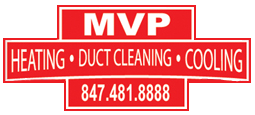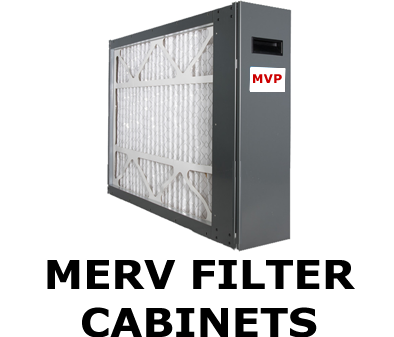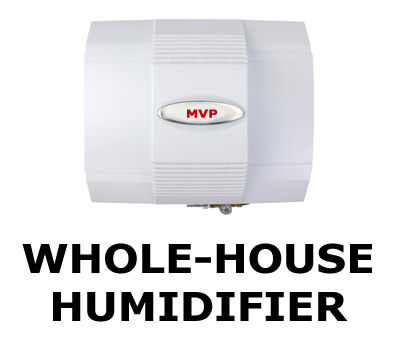The Problem of Polluted Indoor Air
Substantial evidence has established a connection between substandard indoor air quality (IAQ) and the increasing incidence of chronic lung disease, especially in the elderly and young children. The Environmental Protection Agency (EPA) has reported that the air inside a typical home can be up to five times more polluted than the air outdoors.
Even older buildings and homes are not immune to the effects of dirty air. Before the adoption of ACCA Manual D standards, air distribution systems were often inadequately designed and poorly installed. Gaps and breeches in the duct material can create negative pressure leaks, which will draw dust, dirt, fiberglass and other contaminants into the living area.
How To Address Indoor Air Quality Issues
At MVP Heating & Cooling, we recognize the safety and health of your family is your highest priority. We work with every customer to develop a complete indoor air quality program that will resolve existing problems and ensure indoor air remains clean, fresh and healthy. Some of the solutions we provide include:
Air Humidifiers:
Humidity is a critical element in a total IAQ strategy. Air that remains excessively dry will accumulate microscopic irritants that are distributed to each room when the central HVAC system is operating. A central humidifier will keep the indoor air healthy and sufficiently moist, which will help alleviate respiratory illnesses and improve certain dry skin conditions.
Filtration:
Air purifiers capture particulate matter from the air stream while the heating and cooling system is engaged. Comparative filter efficiency is determined by the Minimum Efficiency Reporting Value (MERV), which is a measurement of the size and quantity of particulate matter as it passes through the filter media. Filters are available in a variety of efficiencies ranging from disposable fiberglass to HEPA media filters that can trap contaminants as small as .03 microns.
UV Lamps:
A UV lamp is the only IAQ device that actually kills living biological organisms. Mold and fungi thrive in dirty, moist environments, which can often be found at the evaporator coil in a central air conditioner.




